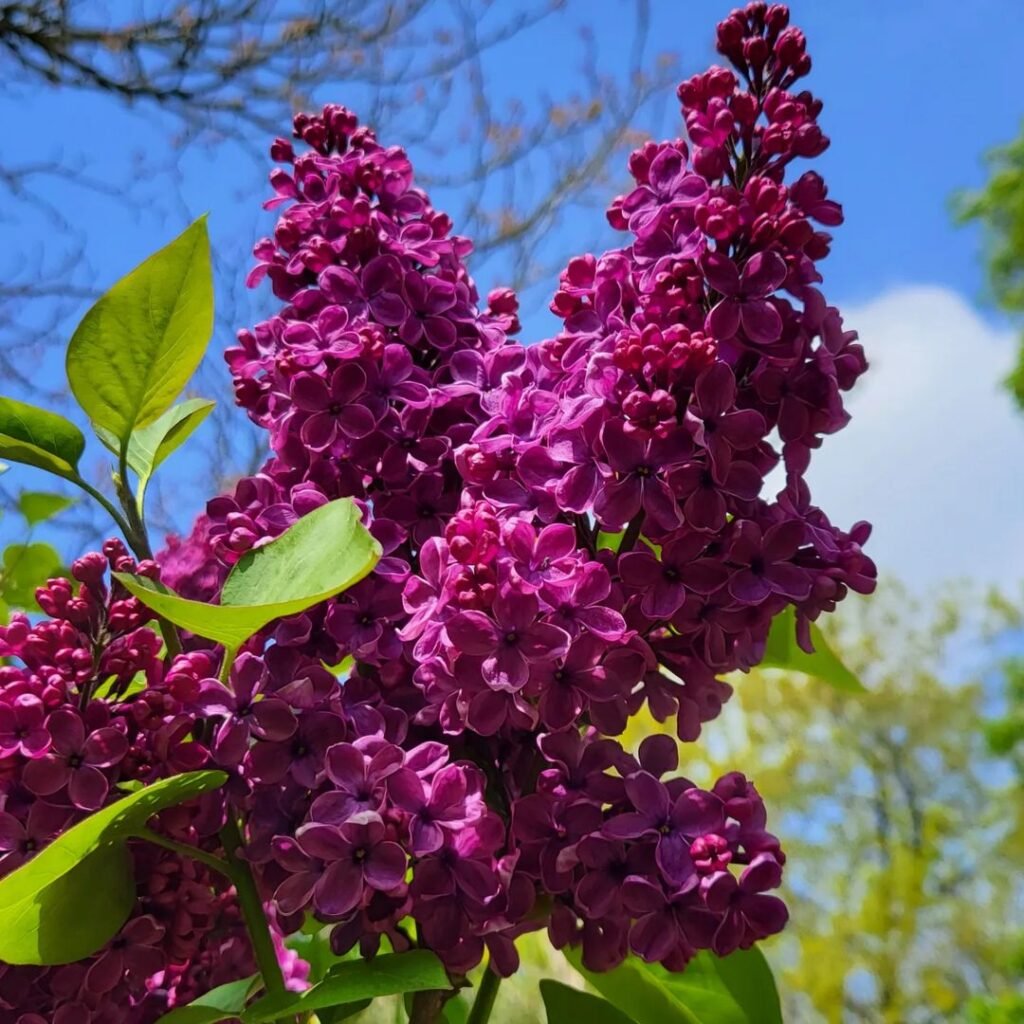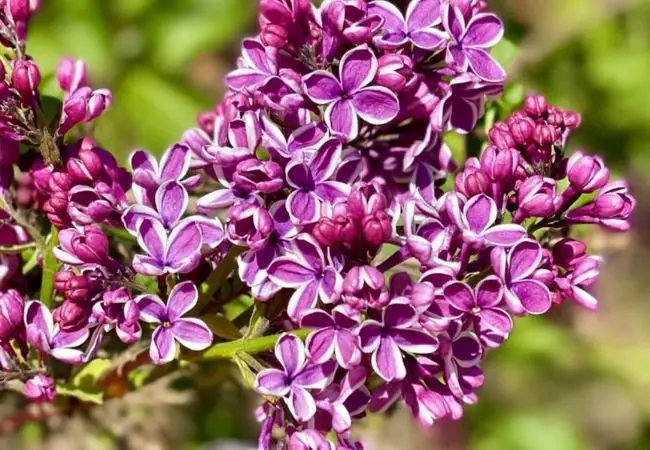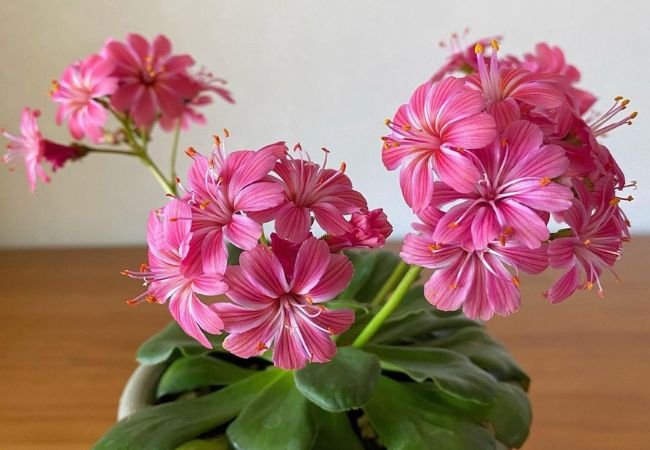Discover the charm of Lilac Flowers, their care requirements and how to incorporate these fragrant beauties into your garden. Learn about different varieties and uses of this beloved spring bloomer.
Have you ever walked down a street in spring and been stopped in your tracks by a sweet, intoxicating scent? Chances are, you’ve encountered lilacs. These beloved shrubs, with their clusters of fragrant flowers, have been a staple in American gardens for generations. Let’s explore why lilacs continue to captivate gardeners across the USA.
Here’s a quick reference chart for lilac flowers:
| Category | Information |
|---|---|
| Botanical name | Syringa vulgaris |
| Common name | Lilac |
| Plant type | Deciduous shrub |
| Hardiness zone | Zones 3-7 |
| Sun exposure | Full sun to part shade |
| Soil type | Well-draining, fertile soil |
| Watering | Regular, moderate watering |
| Growth habit | Upright, spreading |
| Height/Spread | 8-15 feet tall, 6-12 feet wide |
| Special features | Fragrant flowers in spring, attracts pollinators |
What are Lilacs?

Lilacs are flowering shrubs or small trees in the olive family. Originally from Europe and Asia, lilacs have become naturalized in many parts of North America.
Key Features
- Clusters of small, tubular flowers (called panicles)
- Colors ranging from white to pink, lavender and deep purple
- Intensely fragrant blooms
- Typically flower in spring
- Heart-shaped leaves
Why Gardeners Love Lilacs
- Fragrance The sweet scent of lilacs is often associated with spring and fond memories.
- Low Maintenance Once established, lilacs are relatively easy to care for.
- Long-lived With proper care, lilac bushes can live for decades.
- Attract Pollinators Lilacs are a favorite of butterflies and bees.
How to Grow Lilacs
Planting
- Choose a spot with full sun and well-draining soil
- Plant in spring or fall
- Space plants 5-15 feet apart, depending on the variety
- Water deeply and regularly until established
Care Tips
- Water during dry spells
- Prune right after flowering to maintain shape and encourage blooms
- Fertilize in spring with a balanced, all-purpose fertilizer
For more detailed growing instructions, check out this guide from the Clemson Cooperative Extension.
Uses for Lilacs
Garden Design Lilacs work well in various garden styles:
- Cottage gardens
- Fragrance gardens
- Privacy screens or hedges
- Focal points in the landscape
- Cut Flowers Lilac blooms make beautiful and fragrant cut flowers.
- Attract Wildlife Plant lilacs to support local pollinators and birds.
- Fragrance Use lilacs to add natural fragrance to your outdoor living spaces.
Interesting Facts About Lilacs
- State Flower The lilac is the state flower of New Hampshire.
- Symbolism In the language of flowers, lilacs symbolize first love and the emotions of young love.
- Edible Flowers Lilac flowers are edible and can be used in cooking, though always ensure they haven’t been treated with chemicals.
For more information on edible flowers, visit the National Garden Bureau.
Varieties of Lilacs
There are many types of lilacs, but some popular ones include:
- Common Lilac (Syringa vulgaris) The classic lilac, known for its intense fragrance.
- French Lilac Hybrids with a wide range of colors and extended bloom times.
- Dwarf Korean Lilac (Syringa meyeri ‘Palibin’) A compact variety perfect for smaller gardens.
- Japanese Tree Lilac (Syringa reticulata) A larger, tree-form lilac that blooms later in the season.
Potential Challenges
While lilacs are generally easy to grow, be aware of these potential issues:
- Powdery Mildew This fungal disease can affect lilacs in humid conditions. Ensure good air circulation.
- Borers These insects can damage stems. Prune out affected areas.
- Overwatering Lilacs prefer well-draining soil and can suffer in soggy conditions.
For more information on plant diseases, visit the USDA’s National Institute of Food and Agriculture website.
Lilacs are a cherished part of the American landscape, bringing beauty and fragrance to gardens each spring. Their low-maintenance nature, long lifespan and ability to support local wildlife make them a valuable addition to any garden.
Remember, successful gardening is about choosing plants that suit your local climate and personal preferences. With their adaptability and wide range of varieties, lilacs can be a great choice for many gardeners across the USA.
As you plan your garden, consider adding lilacs for their beauty, fragrance and connection to American horticultural heritage. With proper care, you’ll be enjoying the sweet scent of lilacs and the memories they evoke for years to come.
For more gardening tips and plant care guides, visit usagardenhub.com.







One comment on “Lilacs : The Fragrant Spring Beauties That Bring Joy”